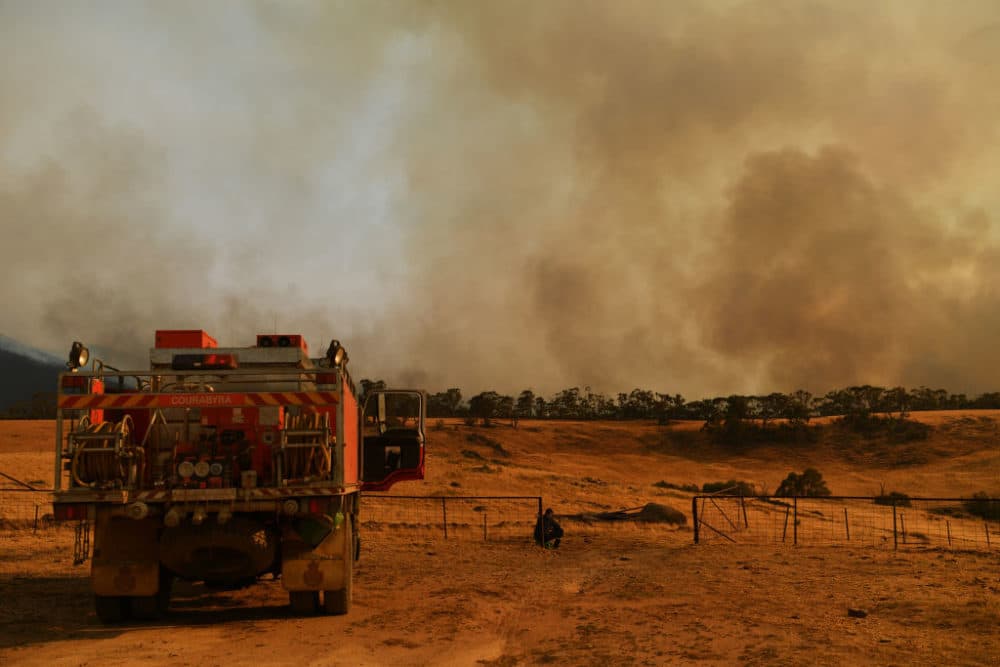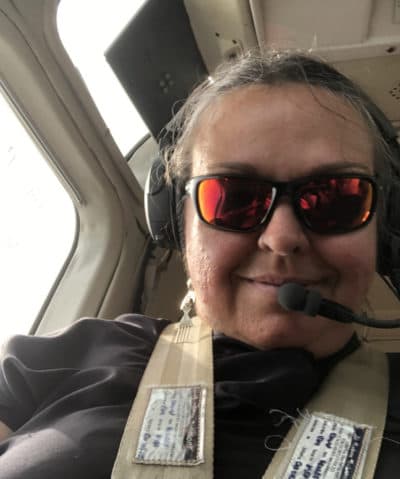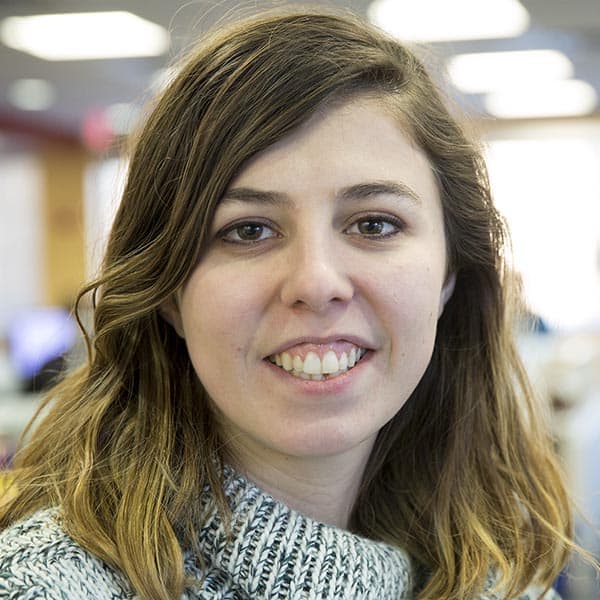Advertisement
Idaho Firefighter Returns Home After Battling Australia Fires
Resume
When American firefighters arrived at Sydney International Airport earlier this month to help fight the wildfires in Australia, they were greeted with a standing ovation.
The fires there have killed at least 27 people and a billion animals, while thousands of homes have been destroyed. Four firefighters have died as well.
Dozens of American firefighters have gone over to help through a partnership agreement between Australia and the U.S. Department of the Interior.
One of those firefighters is Michelle Moore, a fire program specialist with the Bureau of Indian Affairs, who recently worked with an aerial fire crew in New South Wales.
“When I was in Australia, I flew [a Bird Dog aircraft],” Moore says. “So my job is to fly along with the lead plane pilot and help coordinate water and retardant and gel drops with large air tankers.”

She says firefighting is most dangerous for those who are directly on the ground.
“The most dangerous thing we do is drive,” she says. “And that's where most of the fatalities have been.”
Moore says the scale of the fires is similar to those she has fought in Alaska.
“It smells like dirty August,” she says. “It was fire as far as you could see. It was definitely fire on a landscape level, much like we get in Alaska, where we just have hundreds of thousands of acres burning at once.”
Moore clocked 120 hours of flight time in the 30 days she was in Australia, which she says is above average for her.
“They were long days. Day after day after day,” she says. “And I got to come home, and there's still a lot of pilots that were there for months before and are going to be there for months after. So it's a long haul.”
While Moore admits she felt a sense of helplessness on some days fighting the fires, she says it’s important for firefighters to focus on “the little wins.” She says the goal isn’t necessarily to completely extinguish the fires at this point.
“It's point protection, we call it, where we come in and we help protect people's homes or infrastructure or values,” Moore says. “Of course, we want to help and put the fires out, but only the rain's going to put those fires out.”
Ashley Locke produced and edited this story for broadcast with Todd Mundt. James Perkins Mastromarino adapted it for the web.
This segment aired on January 14, 2020.

